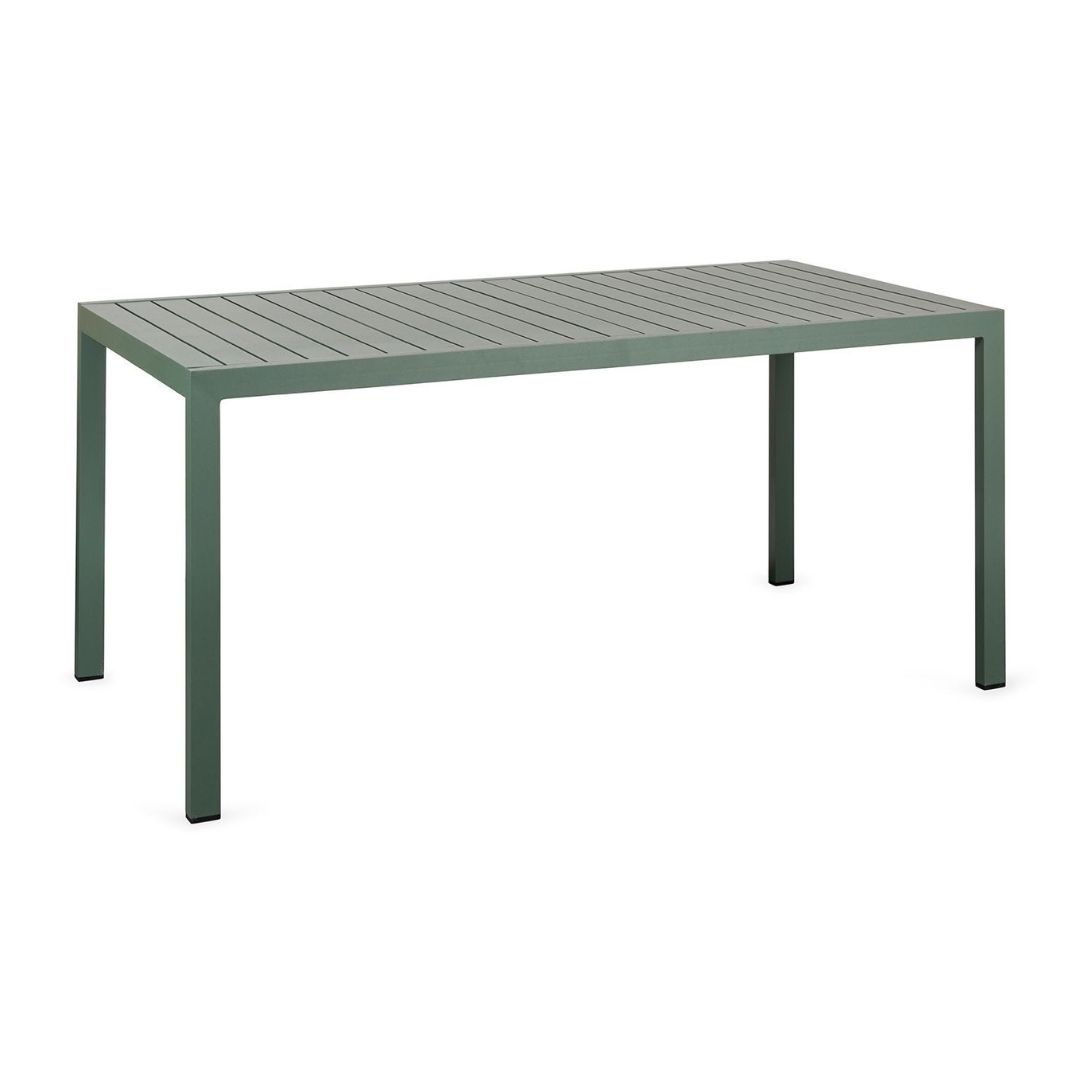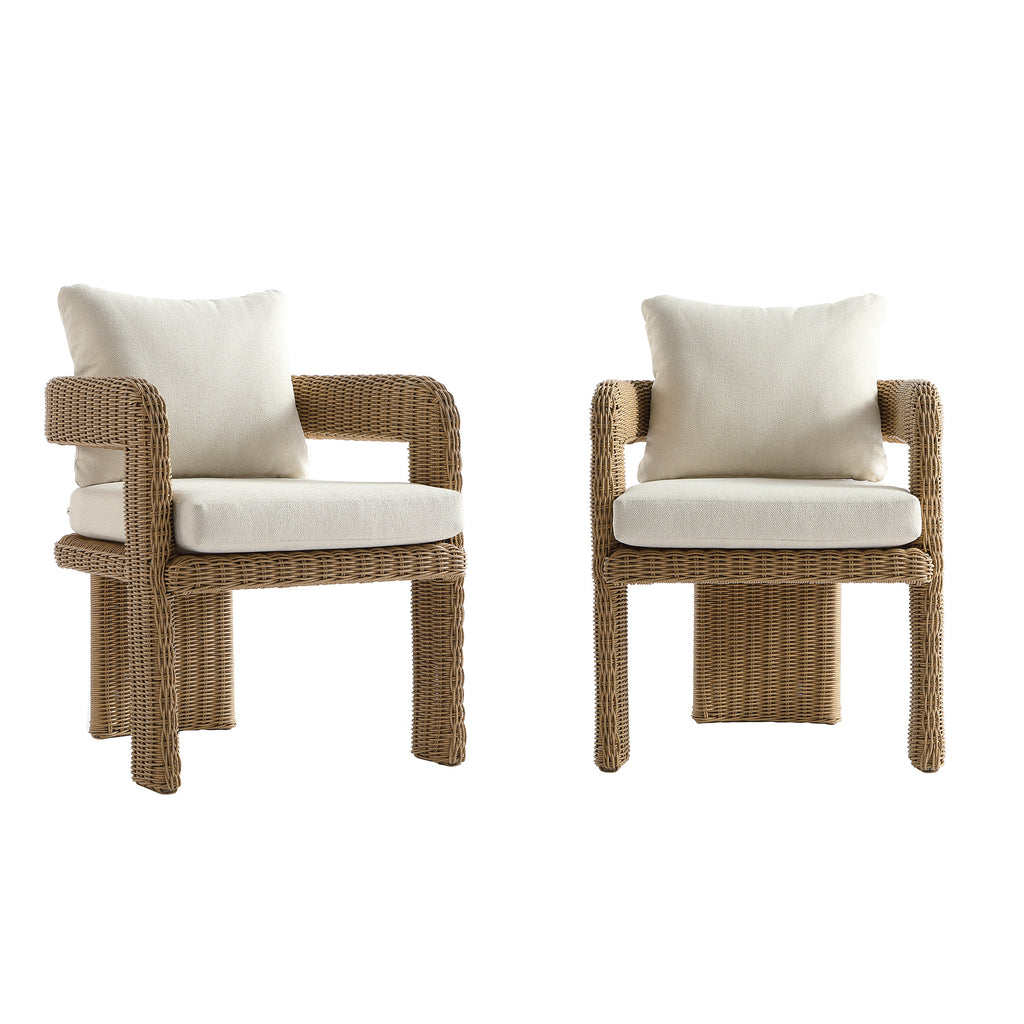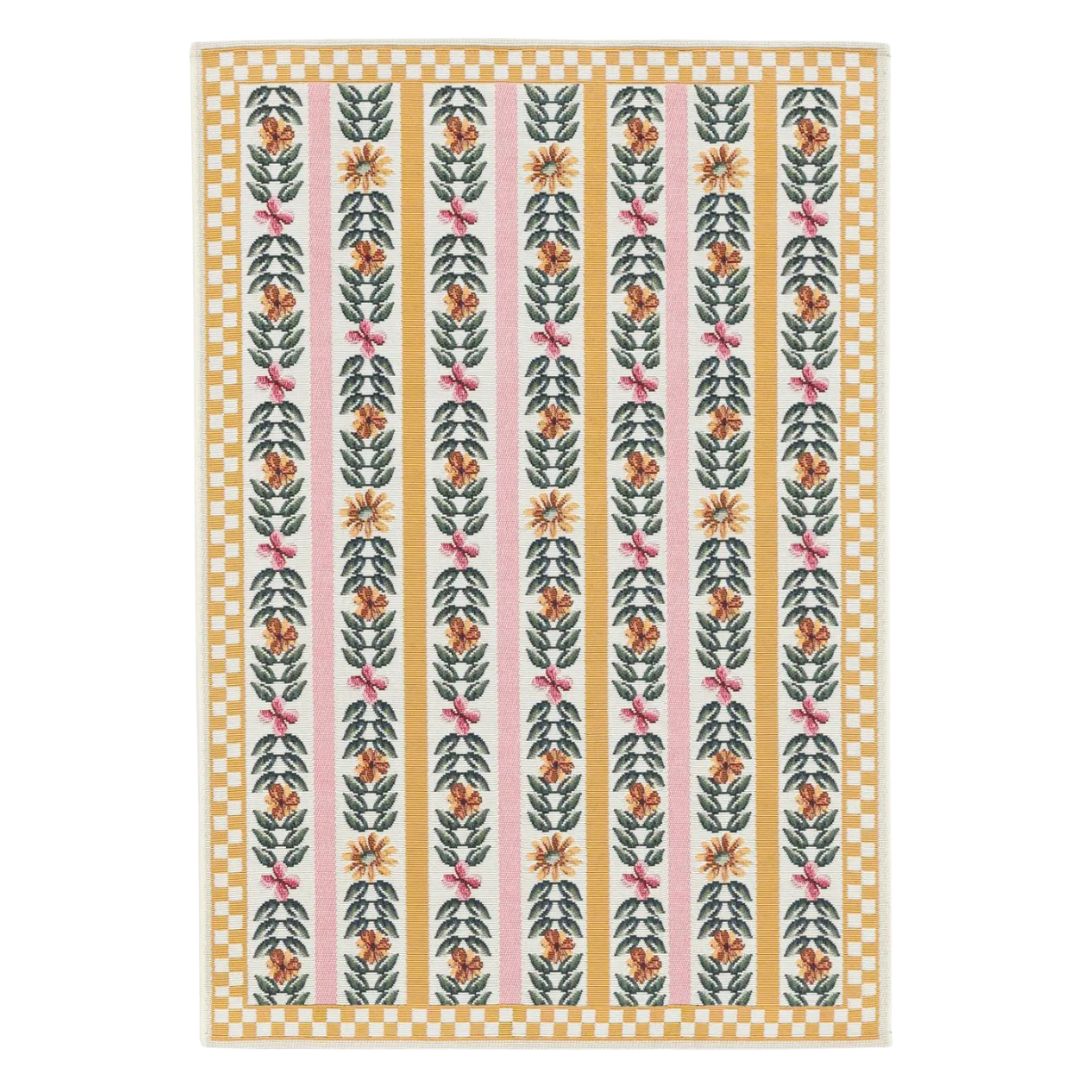8 Garden Room Mistakes That Will Make an Outbuilding So Much Less Comfortable to Use That You Should Avoid at All Costs
Experts offer advice on how to avoid common garden room mistakes and suggest alternatives for a more enjoyable outdoor retreat. Here is everything you need to know
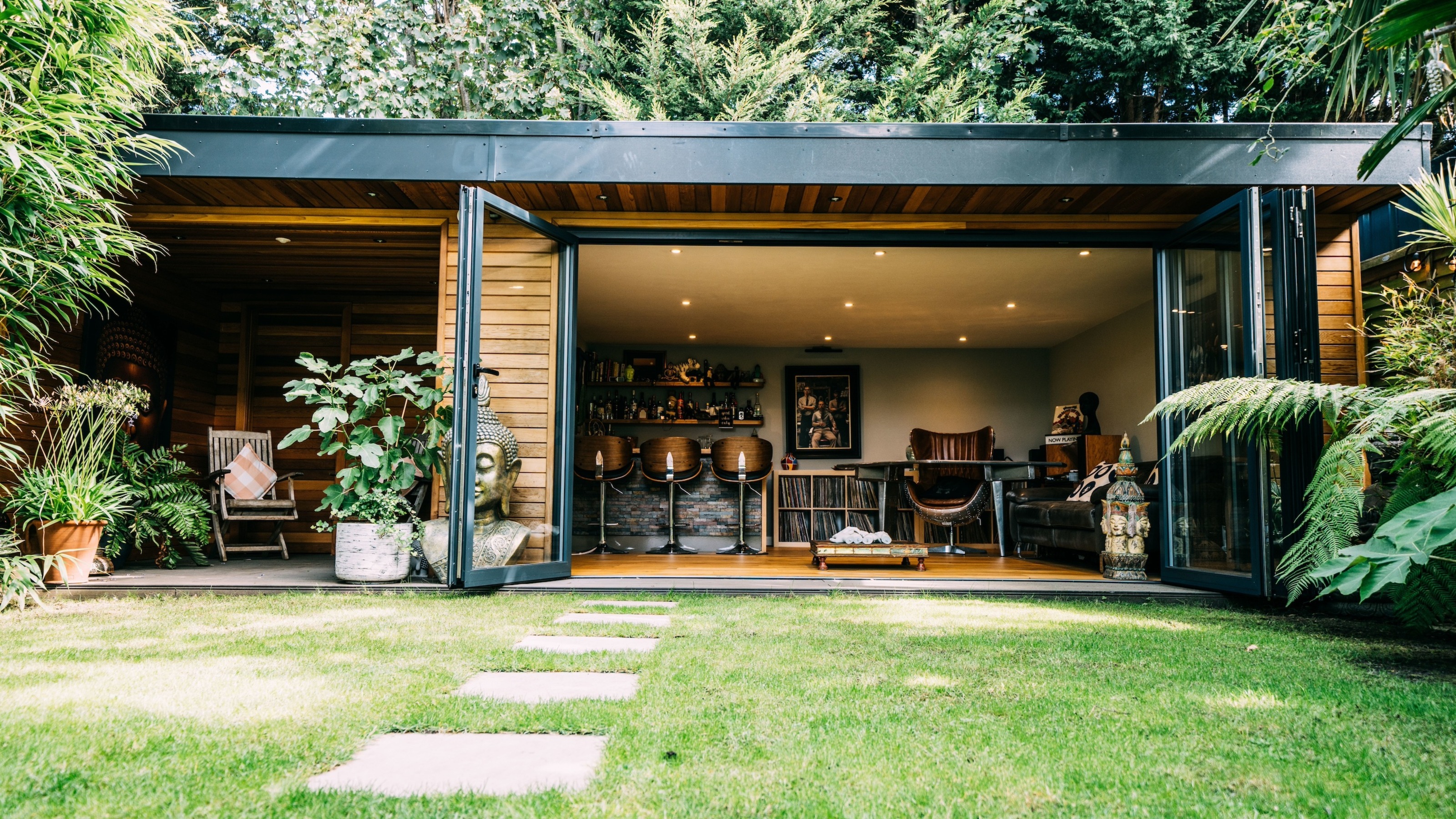
They are a popular addition to a property, and whether you intend to use yours as a home office, yoga studio, bar, or for some other pastime, there are a number of garden room mistakes to avoid.
Like any project, not thoroughly considering your garden room ideas can result in a space that is less comfortable or enjoyable to use. However, with careful planning, these errors can be preempted and prevented.
We've asked design experts about the elements that are most often overlooked or not anticipated when clients are planning a garden room, and what to do instead, so you can create a comfortable outdoor retreat.
Whatever type of garden room you have in mind, it is worth consulting a professional first, as they can guide you to make the best decisions.
"Designing a garden room can transform the way you live, but it's essential to avoid common design missteps that can impact the long-term enjoyment of the space," says Paul Ransom, co-founder of Into The Garden Room. "There are a number of key mistakes I regularly advise clients to steer clear of."
1. Not Informing Your Neighbors
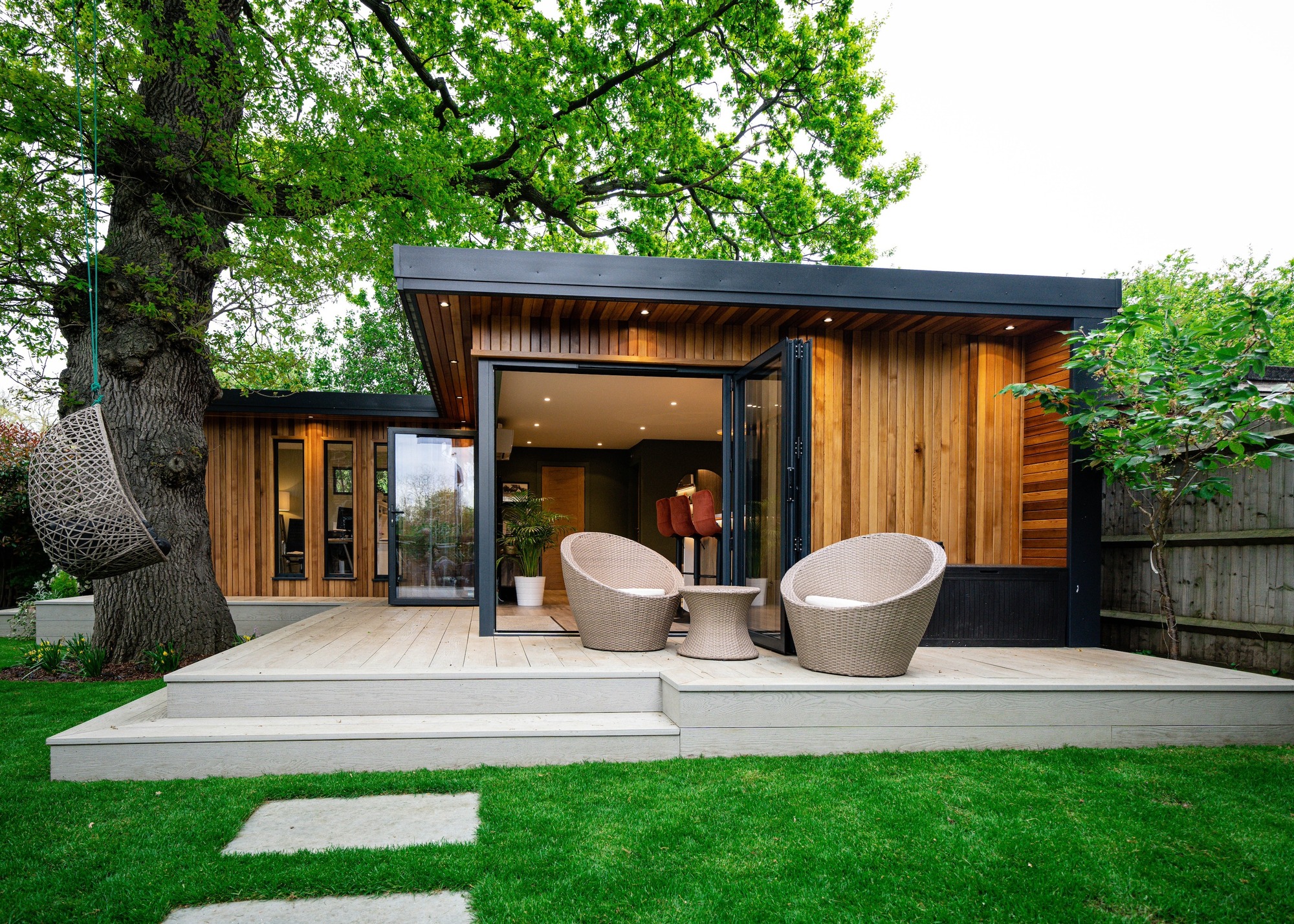
Let neighbors know you are planning a garden room.
If you're not adding a kitchen extension, altering the structure of your home, or applying for planning permission for a garden room, it might not occur to you to inform your neighbors of your plans for a garden room. However, this would be ill-advised, according to Paul.
"Even if no planning permission is required, the sudden appearance of a large structure can be unsettling for neighbors, mainly if it affects their view or garden lighting," says Paul.
The Livingetc newsletters are your inside source for what’s shaping interiors now - and what’s next. Discover trend forecasts, smart style ideas, and curated shopping inspiration that brings design to life. Subscribe today and stay ahead of the curve.
Paul continues: "Not informing your neighbors can cause unnecessary friction and stress. A better approach is to let them know your plans in advance. A simple conversation or sharing a sketch can go a long way in building goodwill and avoiding misunderstandings. It's a better outcome when everyone is appreciated and considered."

Paul Ransom is co-founder of Into the Garden Room, crafting serene, design-led garden spaces that enrich everyday living, working closely with clients to create beautiful, natural extensions of home and lifestyle.
2. Poor Orientation and Placement
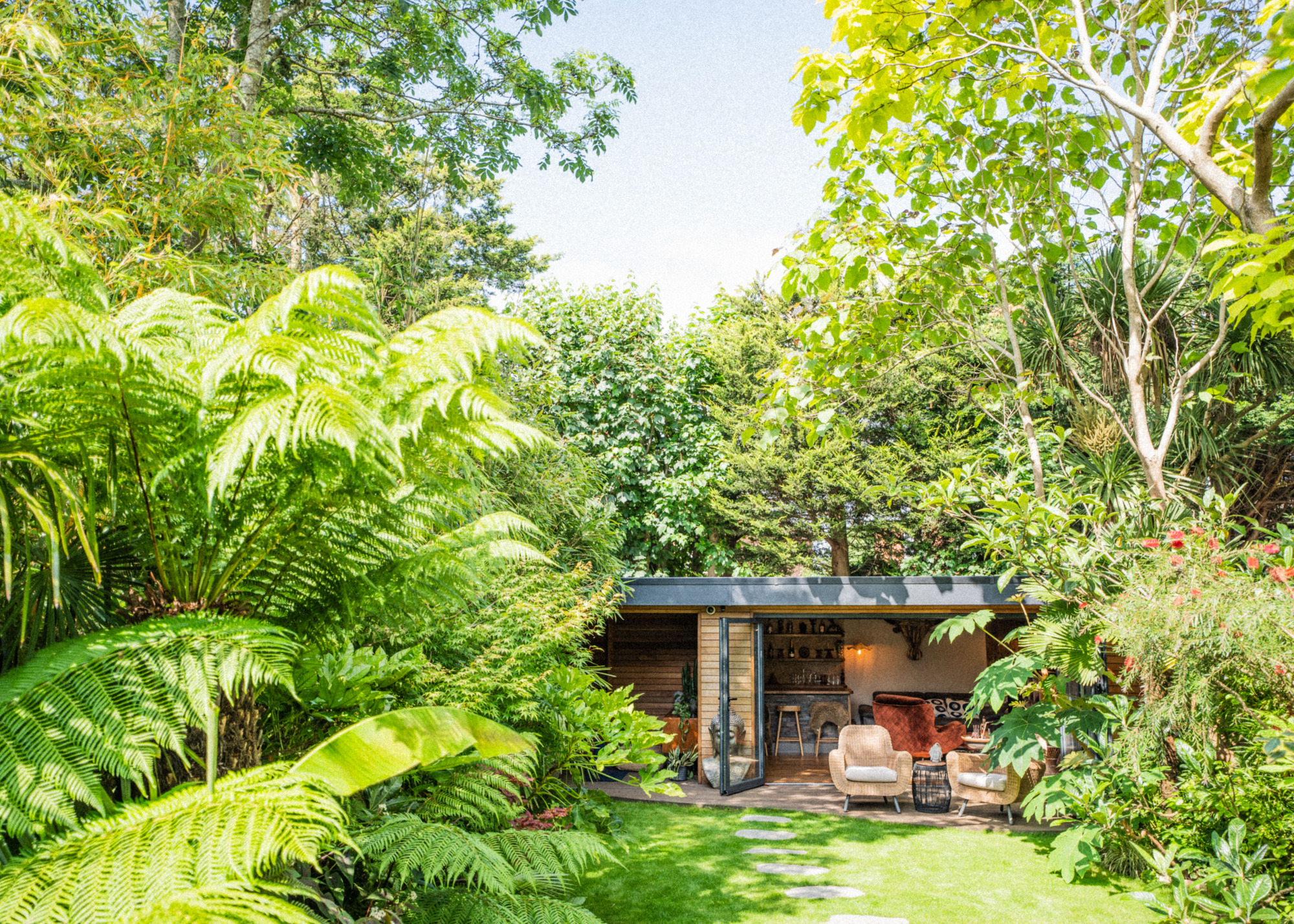
Consider the views of and from your garden room.
Perhaps the most important decision when planning a garden room is deciding where it should go in your modern garden. These structures are often positioned at the end of a garden, but take the time to consider whether this is the best location for your garden room, rather than opting for the standard choice.
"Poor placement can result in excessive heat, insufficient light, or a lack of privacy," explains Paul. "It can also block beloved views from your house, or offer unappealing opinions from inside the garden room itself."
Instead, Paul says to "consider both perspectives: what you’ll see from the garden room, and how it looks from the house. Will it catch the sunrise? Will it obstruct the view from your kitchen or living room? Will neighbours overlook you? Thoughtful orientation helps maximise natural light, privacy, and visual harmony with the home and garden."
3. Cutting Corners With Cheap Materials
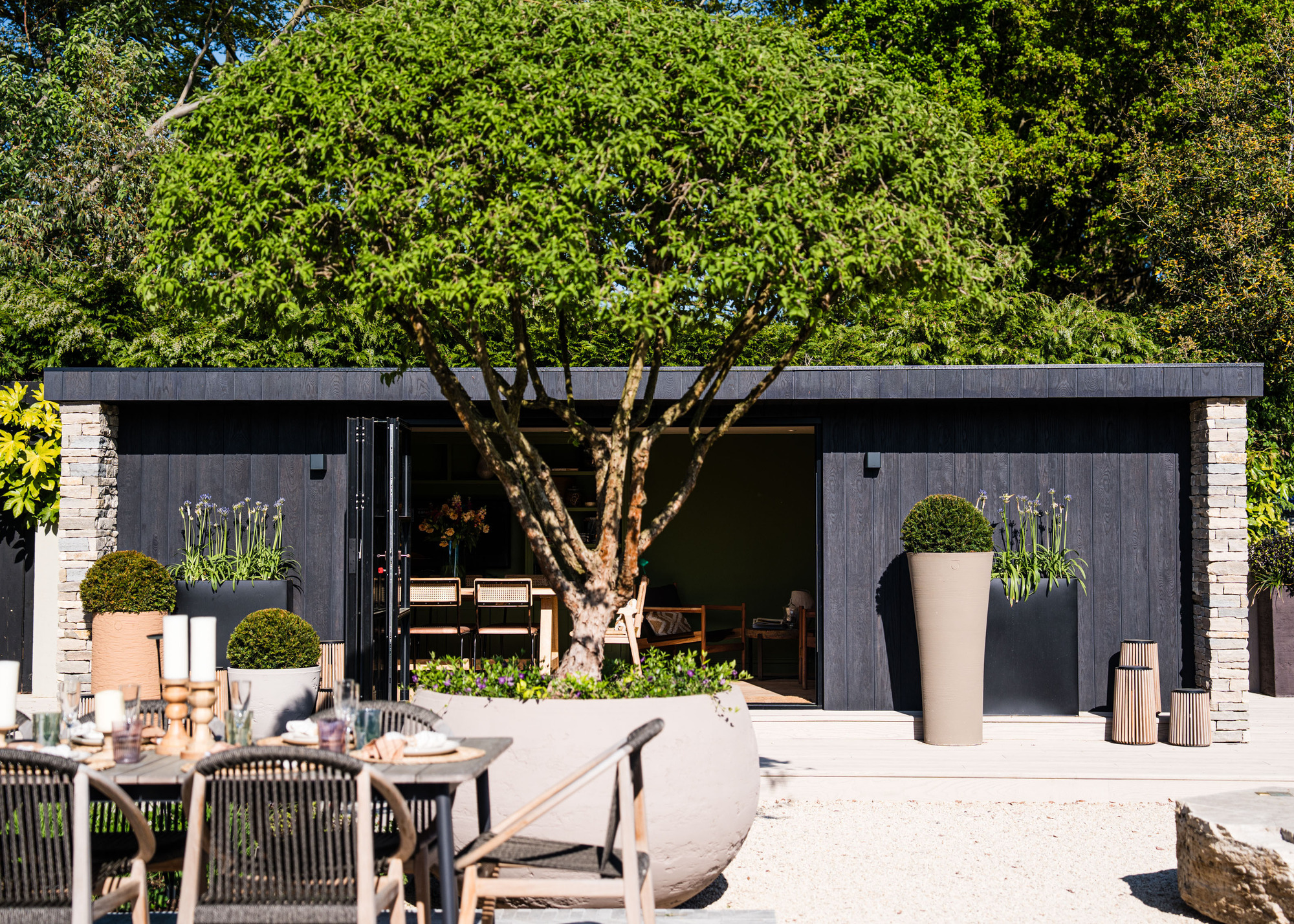
Choose quality materials for best results.
As tempting as it might be to cut corners on cost, it is short-sighted when it comes to choosing quality materials for your garden room structure. Inferior materials can end up costing more in the long term, as they are usually less durable.
"Low-cost, low-quality materials may seem like a smart saving, but they can weather poorly in the UK climate and often need replacing far sooner than expected," says Paul.
"Ideally, prioritise materials that offer both durability and beauty, such as thermowood, charred larch, composite cladding, and EPDM rubber roofing. These not only last longer but also ensure your garden room continues to look fantastic for years," he adds.
Remember, if you're looking to avoid those garden design mistakes, then be sure to listen to the experts.
4. Subdividing the Room Internally With Stud Walls
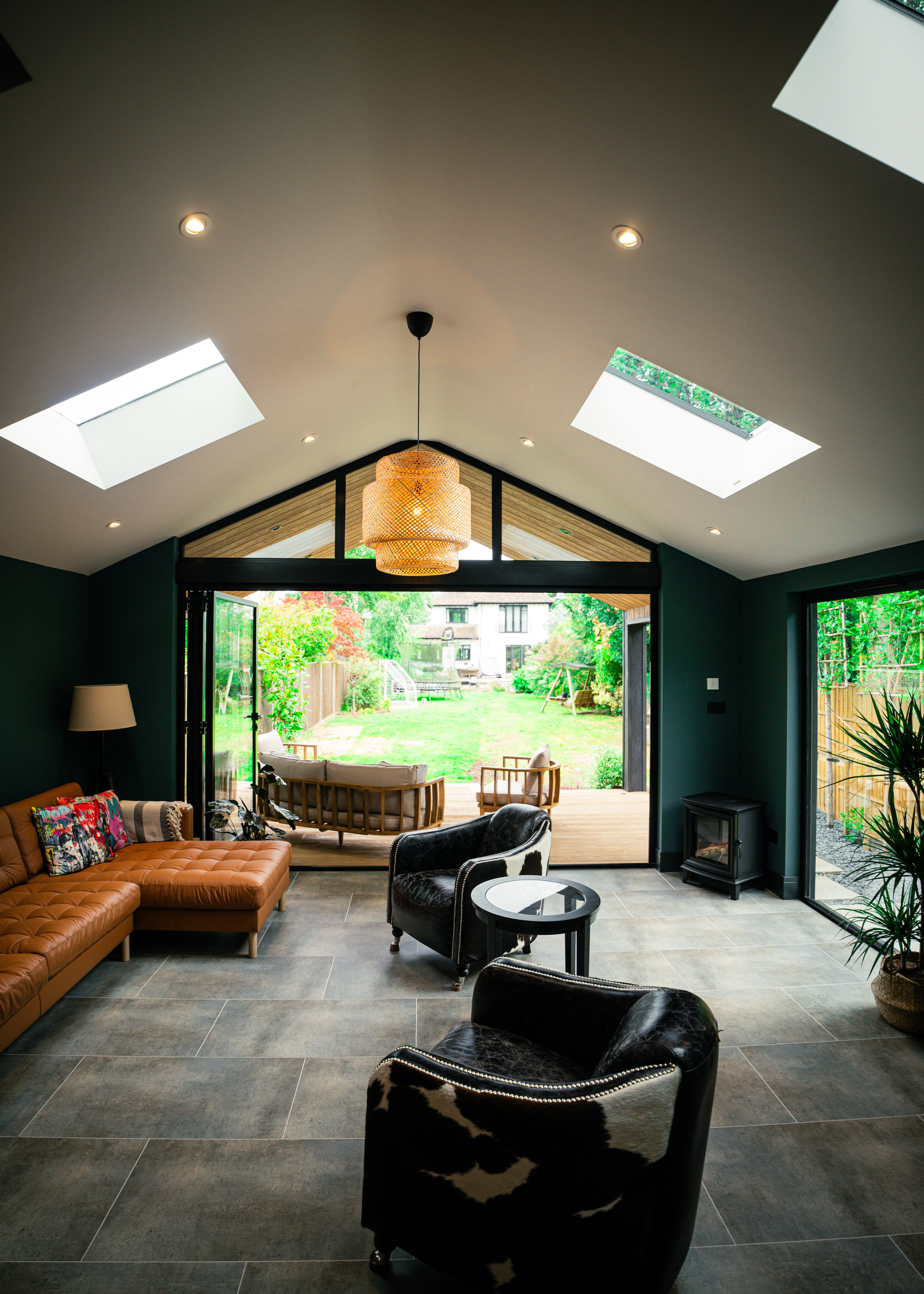
Create zones with furniture and foliage.
Garden rooms, by their nature, are not huge, and they tend to have fewer windows than your home. So, breaking up the space into smaller rooms can make it feel poky and is not advisable. According to Paul, it's far better to zone the space with furniture or tall indoor plants.
"Breaking up a garden room with permanent stud walls often makes it feel cramped and boxy, diminishing the light, flow, and openness that are key to its charm," says Paul.
And, if you would prefer to create separate areas, Paul recommends using freestanding room dividers. "Open shelving, slatted screens, or tall planters filled with books, greenery, or decorative objects add warmth and function, while preserving the visual openness and allowing light to move freely throughout the space," Paul adds.
5. Not Future-Proofing
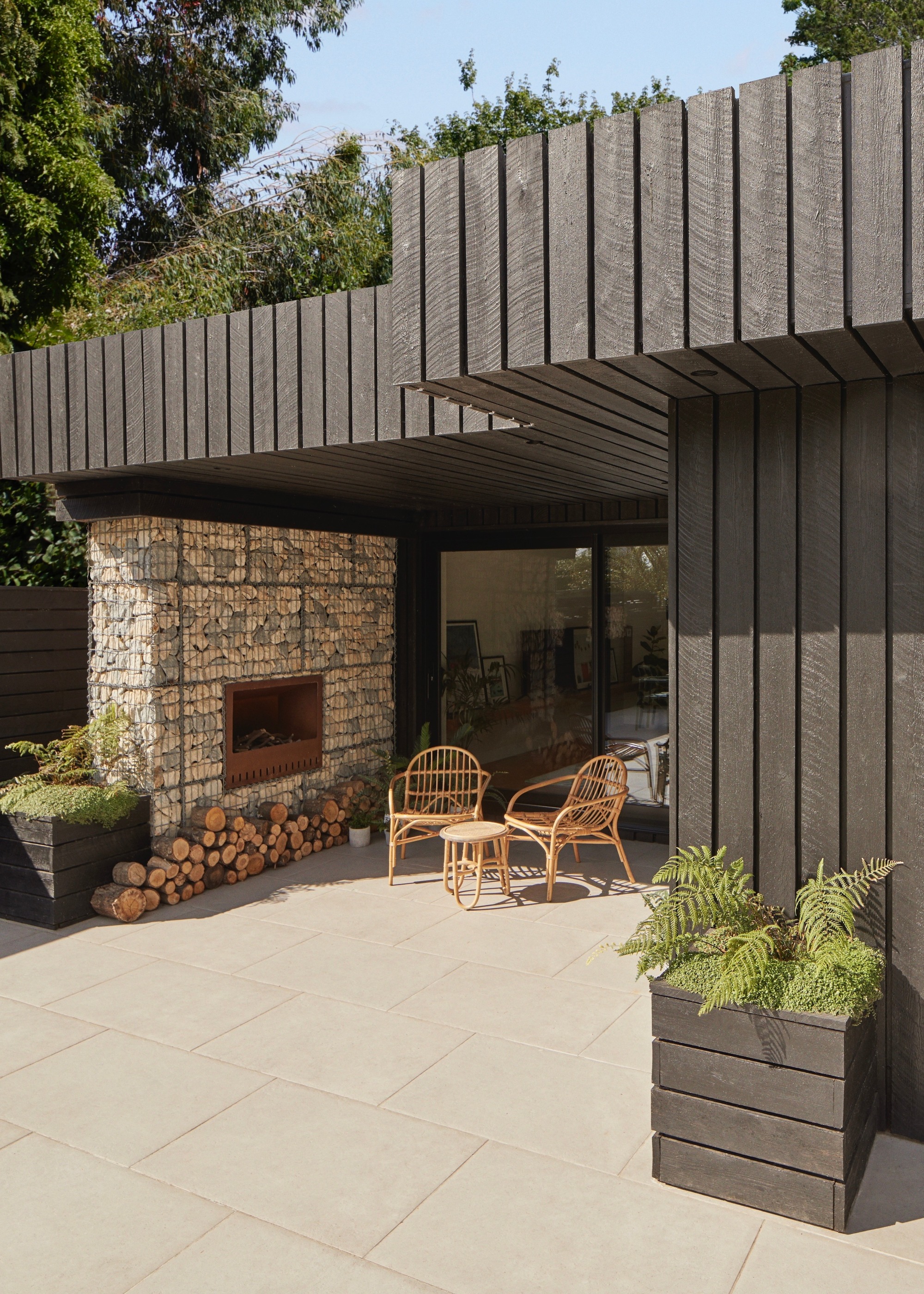
Think ahead when planning your garden room.
Knowing how to future-proof your garden is essential, and regardless of the type of garden room you plan, it's beneficial to consider how your lifestyle might evolve over the next 5-10 years. This may seem like a long way off, but it will arrive quicker than you think. Without thinking ahead and planning accordingly, your garden room may no longer work for you within a few years of installing it.
"Typically, clients only think about how they will use the garden room for ‘now,' this summer, or this year, etc," says Steven Davis, founder, London Garden Rooms. "Really, if you have a good quality building (which should last decades) it's best to make it as ‘future-proof’ as possible.
"The rest of the household will be drawn to it like moths to a lightbulb and will all want their share in the space. Consider future sleepovers if you have younger kids, friends, and family staying over during the holidays. Add a bathroom if you can, as they come in handy. When kids come back from uni, they love to live in them too."

Steven Davis founded London Garden Rooms just over 20 years ago. Based in East London, his small in-house team design and build bespoke buildings to last generations in the London area. London Garden Rooms are RHS Chelsea award winners 2024.
6. Inadequate Insulation
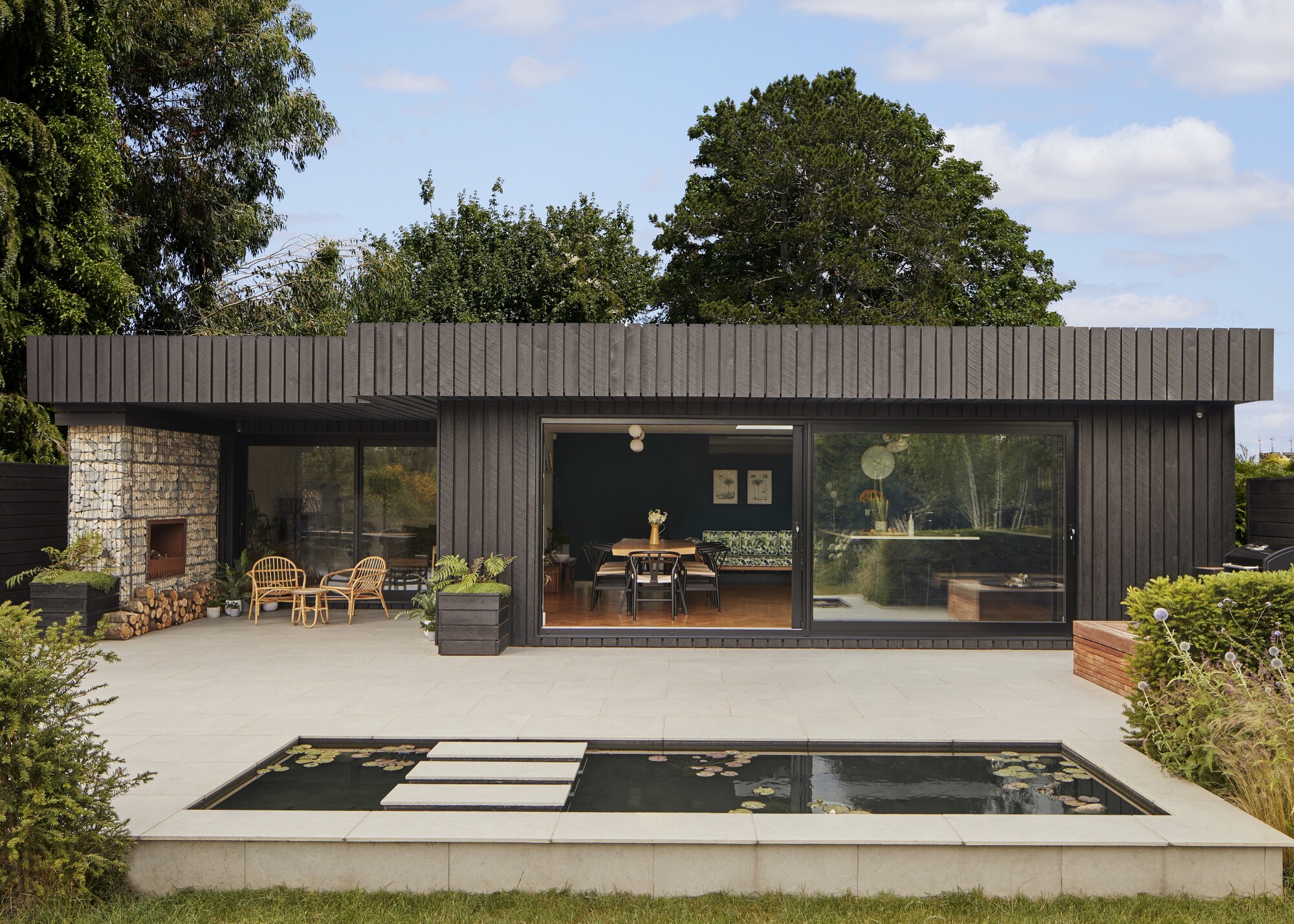
Good insulation will ensure you can use your garden room all year
Insulation is an easy topic to overlook in a garden room. After all, you're not going to be spending that much time there, right? Wrong, you'll likely spend more time there than you think, especially if you'll be using it as a home office. A well-insulated garden room will stay cool in the summer and warm in the winter, enabling you to enjoy it more all year round.
"Having good insulation is absolutely essential," says Steve. "I can't emphasise this enough. We now have a full-time team that carries out refurbishment works on garden rooms (that were not built by us, of course), where we add extra insulation to the buildings."
Steve continues: "The clients have found that their buildings are unbearably hot in the summer and very expensive to heat in the winter. Adding extra insulation can help with both of these points. It will also save money in the long term."
7. Too Many Windows
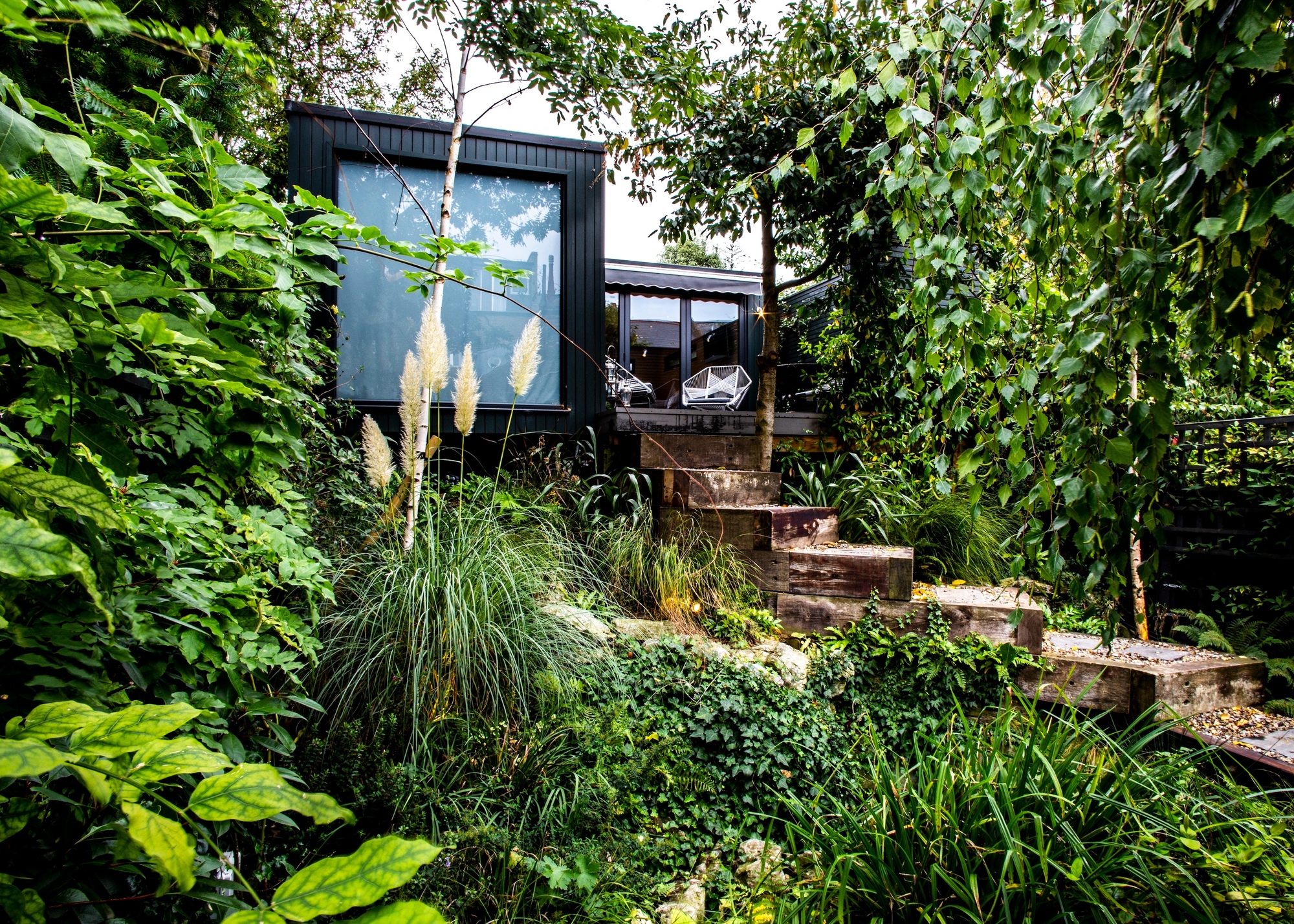
Think carefully about window and door placement.
Most of us are drawn to light-filled rooms, along with the tempting array of modern window treatments available, so putting plenty of windows and glass doors into a garden room seems like a good idea. That's not necessarily so, according to Steve, who cautions against this approach and explains what to do instead.
"Typically, clients would like as much glass as possible in their garden rooms," says Steve. "This can look great, but might not be that practical, as the more glass you have, the less usable wall space. So when considering the size and position of your windows and doors, think about where you will position your furniture, which way the building is facing, and the direction of the sun, as you may have a constant glare on your computer or TV screen, for example."
Steve says skylights on the roof or "high-level ‘clerestory windows’ are always a good idea. He adds: "A garden canopy detail over the windows and doors can also give you extra shade, as well as privacy from neighbors who might look down from the upper floors of their property.
"Along the same lines, when clients are looking to use the garden room to work from home, they automatically suggest that they position themselves facing the house and looking out of a window. This sounds good, but doesn’t always work that well. From the garden, you may end up looking at the back of your computer screens or even untidy cables under the desk, if it isn’t fitted properly. Also remember, everyone in the house will be looking at you (especially younger kids or pets who want your attention)."
8. Building to the Full Width of a Small Garden
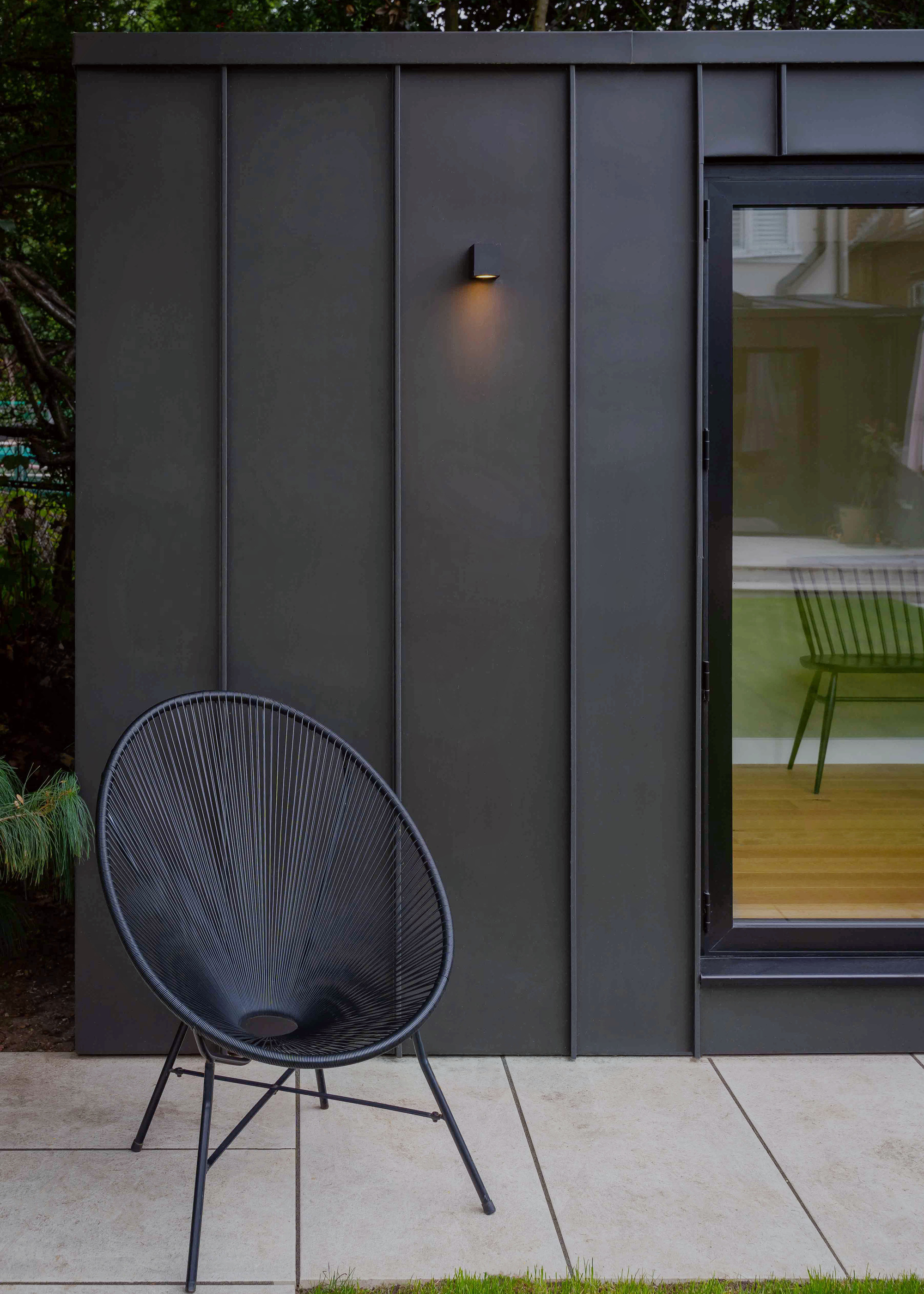
Ensure you still have access to your fences.
Maximizing space is the mantra when it comes to small garden ideas, but this doesn't mean using up every square inch of available footage for your outdoor room, especially if your garden is small. It can be more practical to leave a gap at the side of a garden room.
"In cities like London, we tend to have many gardens that are a standard 5m in width," says Steve. "We find that clients are often keen to build the full width of the plot to maximise the space, but personally, I would allow a small gap of around 40cm. This means the building looks less ‘shoe-horned’ into the space, and it means you always have access to the sides and your fences in the future."
Steve continues saying, "Also, consider having a larger space on one side. Here you can plant a tree at the rear, which works really well, or use the space for storage. The building doesn’t always need to be a big rectangle."
Garden Room Must-Haves
FAQs
What Is the 2.5m Rule for Garden Rooms?
The 2.5m rule for garden rooms generally refers to 'permitted development' rights. In the UK, this means you are unlikely to require planning permission if the structure is under 2.5m high. However, it is always best to check with your local authority.
"One of the biggest perks of garden rooms is that you often don’t need planning permission, thanks to Permitted Development (PD) rights. However, you must follow specific conditions," explains Paul.
"Firstly, if the structure is within 2 metres of any boundary, it must be no taller than 2.5 metres, including the roof. Secondly, the garden room must be single-storey, situated behind or beside the house (not in front), and not occupy more than 50% of your total garden area.
"It must also be ancillary to the home, not a permanent bedroom or self-contained dwelling. That said, in special areas (e.g., conservation zones, listed properties), permitted development may not apply.
"If you’re unsure, applying for a Lawful Development Certificate is a great way to get formal confirmation from your local authority."
Whatever the purpose of your garden room, the advice from design experts above will help you to ensure that it blends well with your home and garden, is suitable for your lifestyle, and is comfortable to use, throughout the seasons, for many years to come.
Jacky Parker is a freelance lifestyle journalist and writer, producing a wide range of features for magazines and digital platforms. She has written for Livingetc and its sister titles, Homes & Gardens and Country Homes & Interiors for more than 15 years, both as a freelance contributor and as Acting Digital Editor and Acting Style Content Editor, regularly reporting on the latest interiors, gardens and wellness inspiration, speaking to experts in their respective fields, and discovering the best tips.
Jacky has also written for other publications, including Sunday Times Style, The Telegraph, Architectural Digest, House Beautiful, ELLE Decoration, Red, Grand Designs and more.
